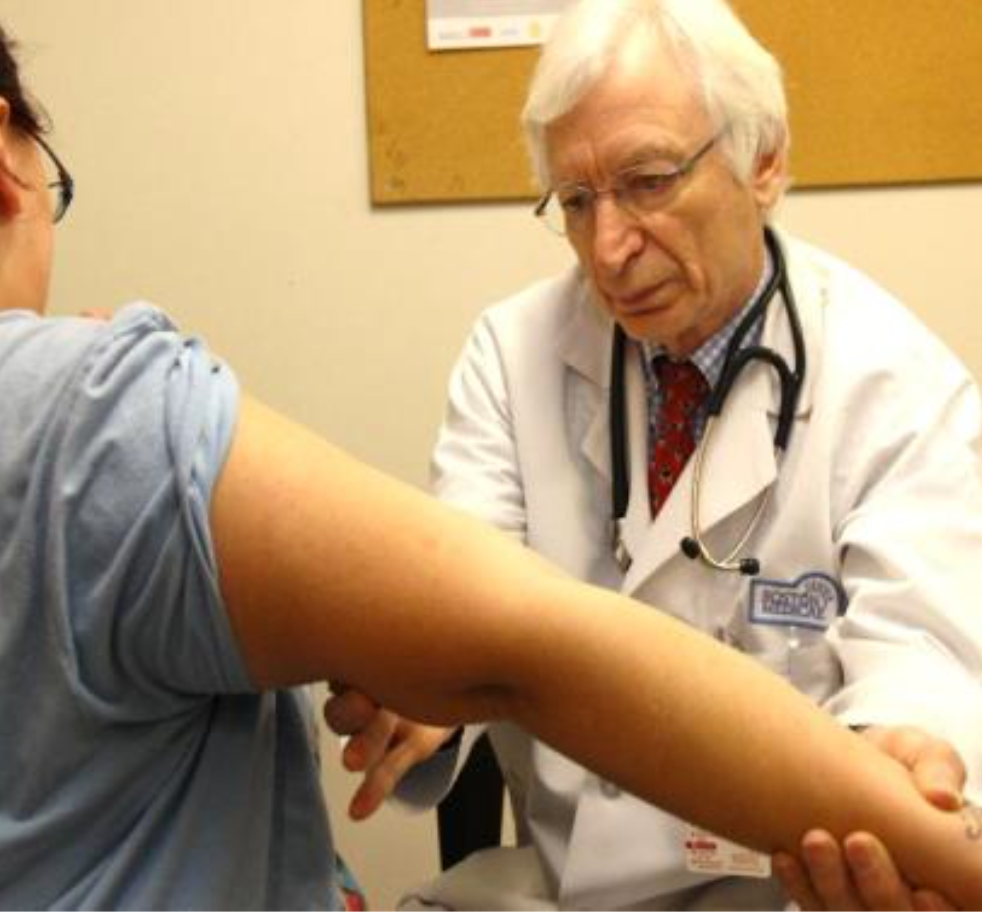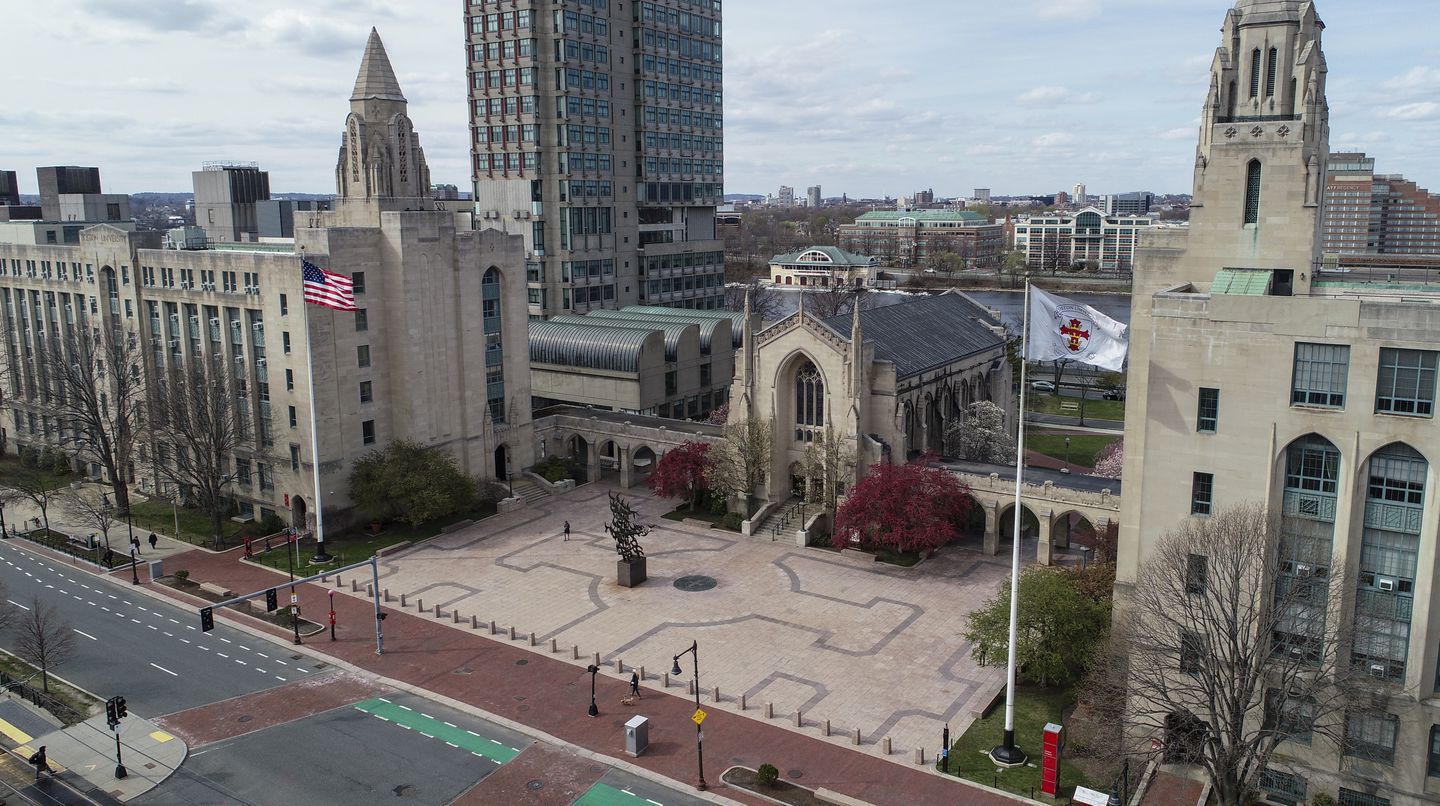


The Ehlers-Danlos Syndrome
Clinical Research Program





Led by Michael F. Holick , Ph.D., M.D., Professor of Medicine, Physiology, and Biophysics and a recognized leader in the diagnosis and treatment of Ehlers-Danlos Syndrome (EDS), the program fills a critical void for patients. Based at Boston University School of Medicine, this dedicated clinic and its associated clinical research program include experts who diagnose, treat, and study the syndrome.
Thanks to our most generous benefactors our Ehlers Danlos Syndrome Clinical Research Program has made significant progress in helping patients deal with the myriad of clinical symptoms associated with this genetic disorder.
The generous contributions have also been instrumental in helping us uncover the secret as to which genes are responsible for the pain and suffering that children and adults often experience with this autosomal dominant genetic disorder.
Ehlers-Danlos Syndrome (EDS) is a group of hereditary connective tissue disorders caused by faulty or insufficient collagen and/or elastin. These disorders mainly affect the skin, bones, joints, blood-vessels, heart, nervous system and immune system among others.

Assessing Joint Hypermobility

DNA collection by buccal swab
Using cheek swabs or blood from families with a history of hypermobile EDS (also known as hEDS or EDS Type III), we are collecting DNA for next-generation sequencing. We completed analyzing the data of next-generation sequencing in 26 subjects and we are trying to confirm the results by using Sanger sequencing. Our promising preliminary results showed several gene variations were associated with bone fracture, tendon-ligament injury, muscle pain (myalgia) and skin fragility in the EDS patients.

A four-color chromatogram showing the results of the sequencing
Our goal: To identify the gene mutations associated with EDS type III that cause this common genetic disorder. We plan to create a diagnostic genetic panel for hEDS.
Our challenge: Genetic evaluation is costly. With so many patients now realizing they have EDS, we are currently collecting more than 300 DNA samples from affected and unaffected family members. In order to conduct the expensive genetic analysis in all of the samples we can only do it with your help.

Your support will help the BUSM EDS Program keep doing innovative research that explores new treatments and may one day lead to a cure. It will enable us to give our patients hope regarding new treatments, as well as strategies they can use now to improve their quality of life.

If you would like to make a gift of stock or send a gift via wire transfer, please contact BUSM Office of Development, Maura Coakley
The University has a secure lock box with a financial institution in New York, so all gifts can be mailed to
We also have a dedicated URL where your generous donation will be transferred to our Ehlers-Danlos Clinical Research Program.